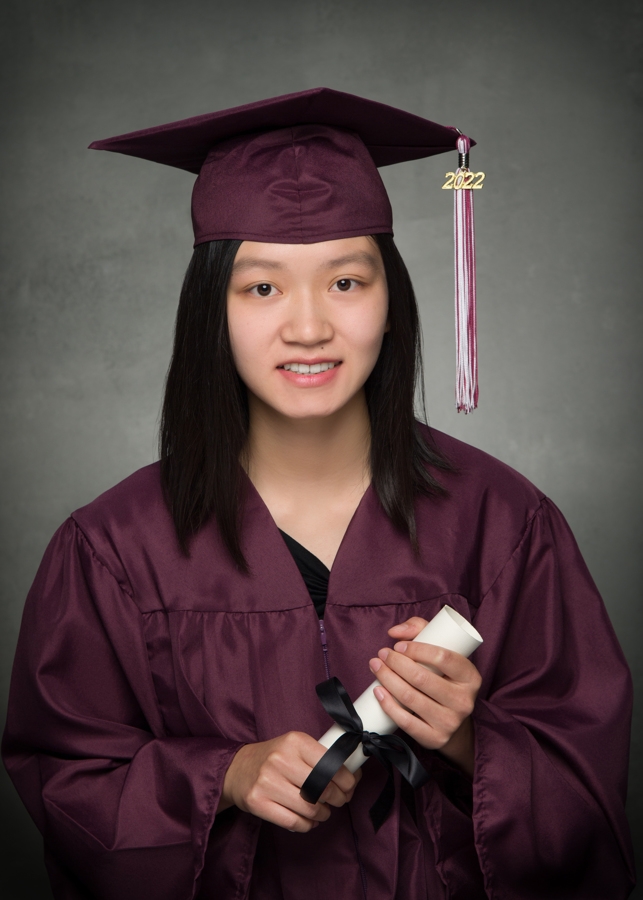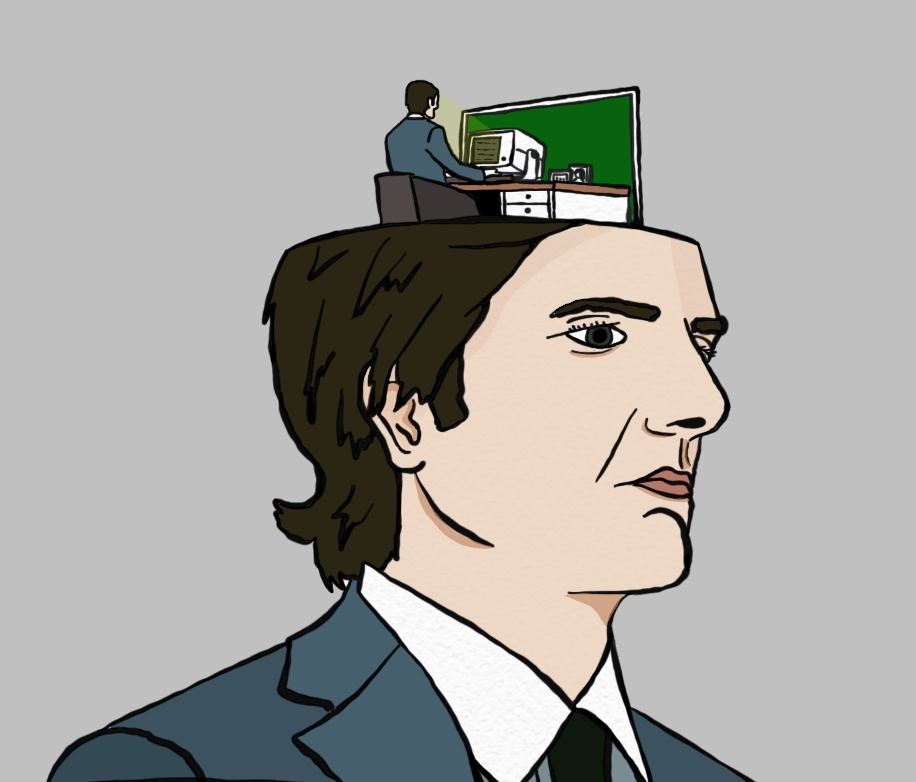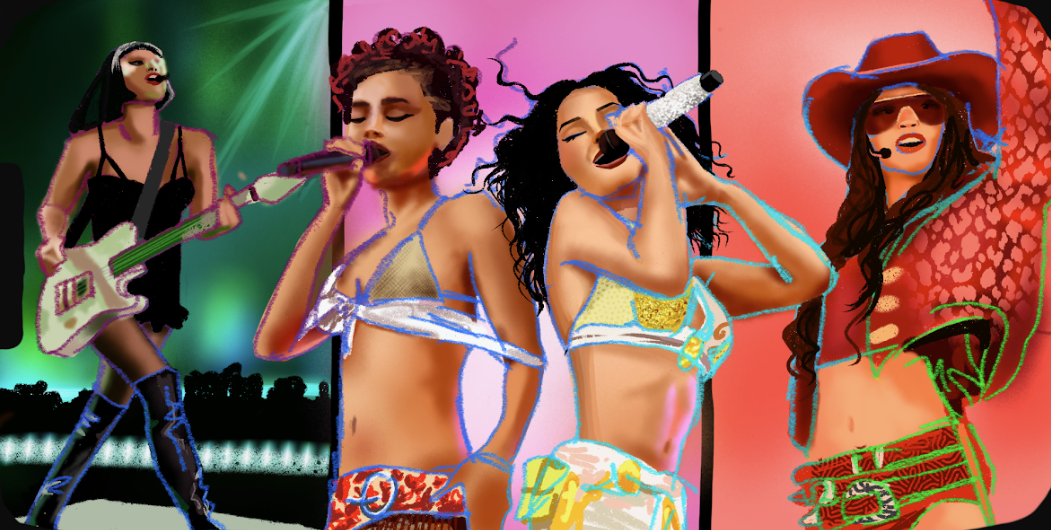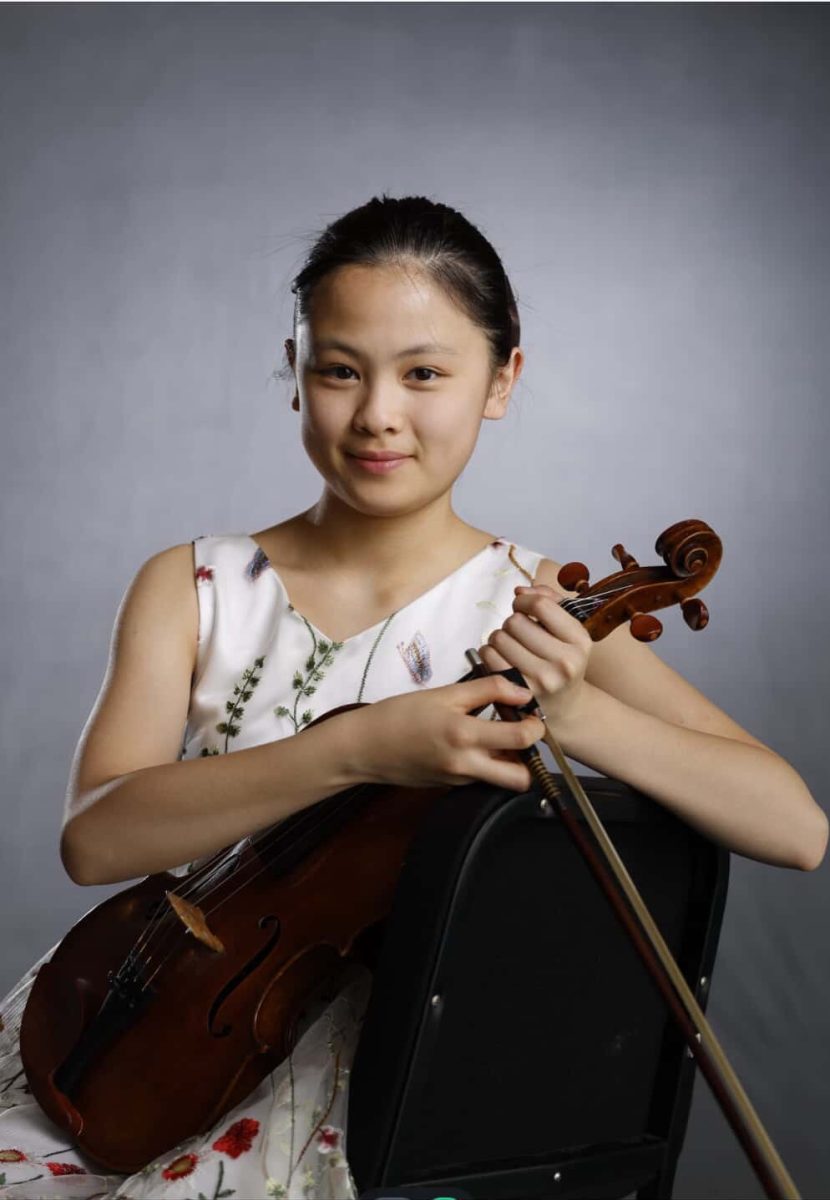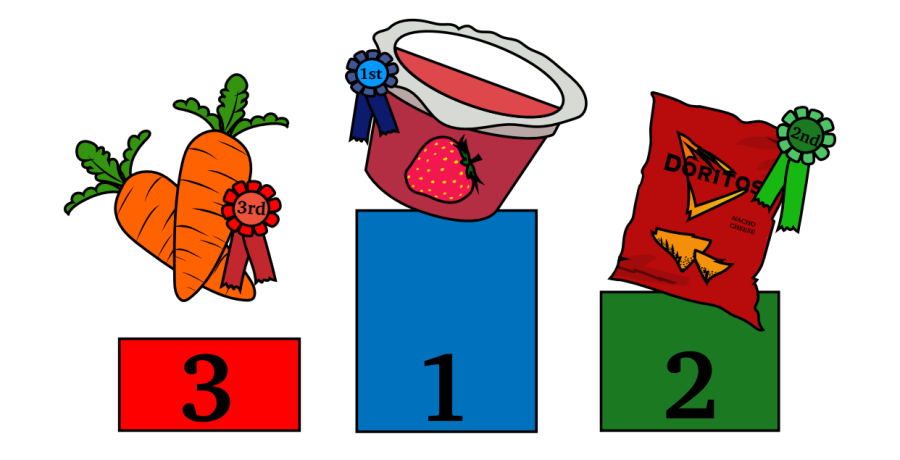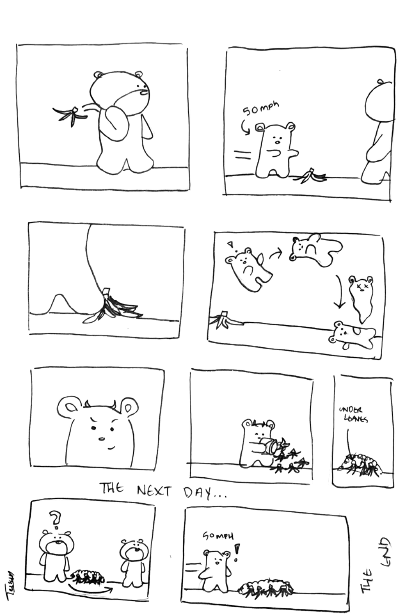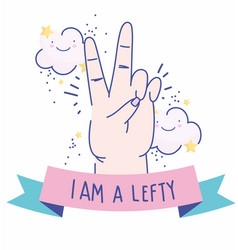
If one looks around their classroom, they can usually see one or two people writing with their left hand. Those people are flipping their notebooks over, washing their hands, and searching valiantly through the writing supplies in class to find the one pair of scissors that work for them. Approximately one in ten people are left-handed, yet at CHS and in our daily lives, so many objects are geared towards the majority.
Scissors are a commonly used example, but lefties often also face problems when handwriting. Pencils give left-handers the “silver surfer syndrome.” Like the Marvel character from the Fantastic Four, this effect gives left handed people silvery graphite-dusted skin on the side of their hand. This creates a collection of pencil “dust”, creating a bothersome effect. It also creates smears on the paper, potentially obscuring the words that one had written.
CHS freshman Wilson Brown, along with all other left-handed people, has experienced this effect.
“It’s really annoying,” Brown said. “I have constantly had to wash my hands because of it whenever possible, because if you write too long, it will get everywhere on the side of your hand.”
Writing with a pen can make things even worse. Left-handed CHS junior Avery Handley expresses her opinion about handwriting with a pen.
“I’m a big fan of handwriting everything that I do, so when it comes to handwriting with pen, which is my personal favorite thing to write with, it tends to smear all over the place,” Handley said. “That can be very frustrating because I like to be very neat with my notes.”
However, at CHS, it is not just the writing utensils that left-handed students struggle with. It is the desks themselves. Most classrooms at CHS have desks that are designed for right-handed people. These are desk-chair combinations, where the student sits from the left side. They do so because the table is designed so that there is an armrest on the right side. People who are right-handed can rest their arm on that extended piece of the table, while people who are left-handed have to keep their arm up in the air.
“That’s kind of annoying sometimes,” Brown said. “One arm is actually being held up by something while the other one has to be further up the desk if you want it to be completely on.”
This final piece of equipment that caters towards right-handed people rather than everyone is used all over the globe: door handles. We see them everywhere at CHS, and almost all of them are geared towards the right-handers. Their hinge is on the left side, so people press down clockwise with their right hand to open the door. On the other hand, left-handed people cannot use their dominant hand to open the door, as it requires them to push in a very awkward manner away from their body.
We obviously cannot change the structure of the doors at CHS, but there are steps we can take to make sure that both left-handed people and right-handed students can use equipment equally. For example, an option could be including scissors for both right-handed and left-handed people in classes where people use scissors. Another possibility can be to have a few rectangular or left-handed desks in each classroom, if the majority of the desks are for right-handed people.
Left-handed people are constantly adapting to manage tools that are geared towards right-handed people. Desks, writing utensils, and other common-use tools push right-handed people forwards and limit those who are left-handed. They can manage them, but a little more inclusivity through left-handed tools would help.







